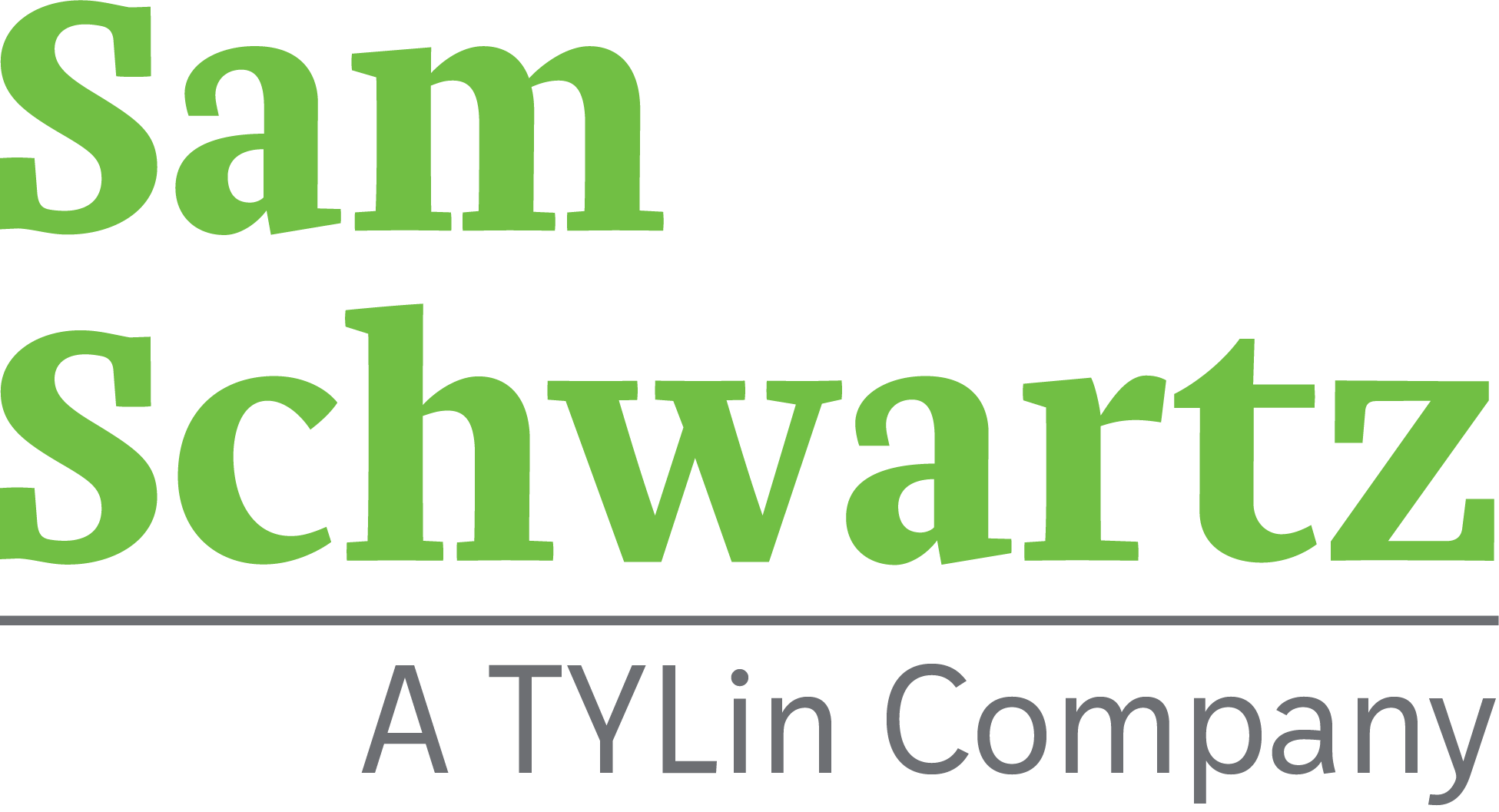Location
Various
Client
American Public Transportation Association
Services
Research
Data Analytics
Report Design
Transit
Public Transit and COVID-19 Report
In New York City, from June 1st to August 18th, more than 76 million rides were taken on the subway system and close to 79 million taken on city buses. During that time the case count for city residents dropped from an average of over 600 per day to approximately 250 per day. Data source: MTA, New York City Department of Health; Daily numbers represent 7-day rolling averages
With the onset of the COVID-19 pandemic, mobility around the country plummeted. Public transit was particularly hard hit as riders feared that trains and buses posed a serious transmission threat, a fear that was stoked by several studies linking transit and high infection rates, as well as the location of the initial U.S. outbreak in transit-rich New York City. The American Public Transportation Association turned to Sam Schwartz to conduct a study to determine what the risks were, and to compile global best practices on how transit agencies are adapting and keeping riders safe.
Our resulting report, “Public Transit and COVID-19 Pandemic: Global Research and Best Practices,” analyzed the latest scientific evidence on how the virus spreads, ridership and infection rates in multiple U.S. cities, and the effectiveness of various mitigation measures for controlling viral spread. It found no direct links between transit and infection rates.
The report also serves as a comprehensive compendium of steps transit agencies can take to keep workers and riders safe, from mandating masks and adjusting service to rider communications and data technology.
Based on extensive research, interviews with public health experts, and new analysis of various data sources, our study found the following:
No direct correlation has been found between use of urban public transit and transmission of COVID-19.
An analysis of public transit ridership in multiple cities shows no correlation with the rise or fall of local COVID-19 cases.
Mask wearing has been shown to be effective at reducing person-to-person transmission.
There are several possible explanations for the lack of correlation between public transit ridership and COVID-19 cases, compared to higher-risk settings, including limited talking by riders, high ventilation rates on transit vehicles, and the relatively short duration of most transit trips.
It appears that what you do at the end of a trip affects the probability of contracting the virus far more than the mode of travel.
There will be long-term health consequences if people switch in large numbers from public transit to private cars.


